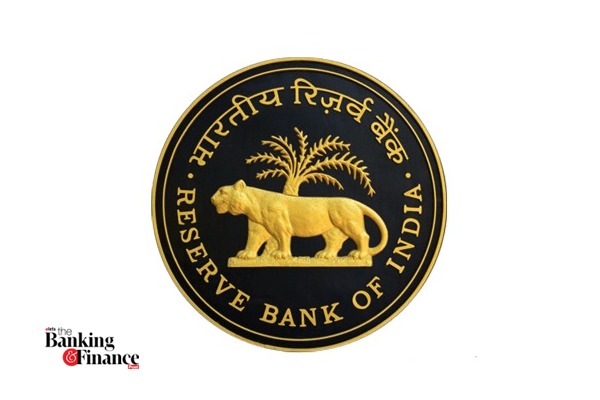According to research conducted by the Reserve Bank of India (RBI), the firms listed in the small and medium enterprise (SME) exchanges have higher profitability, liquidity, and asset utilisation ratio as compared to other unlisted SMEs.
The study further revealed that in comparison to the smallest 25 per cent of firms listed on main boards, the SME exchanges have lower liquidity as reflected in a lower quick ratio, current ratio, and cash to current liabilities.
Further, the lack of after market liquidity remains a problem in SME exchanges with the turnover ratios declining significantly even within the first 60 trading days after listing, indicating paltry trading in the SME exchanges in India, a working paper by the RBI noted.
Ajay Thakur, head, BSE SME, claims that SME exchange platforms are more closely tied to investing than trading. According to Thakur, when SMEs develop over time with better compliances and are prepared to move to the main board, liquidity gradually begins to increase.
He further said, “Post listing what benefits SMEs get and how their profitability grows is more important. If that happens then I think SME exchanges have served their purposes.” This fiscal year, 60-70 SMEs are anticipated to list on the BSE SME, he added.
The study recommended broadening the investor base to match the risk-return combination given by the alternate investment markets, even while retail investors’ participation promotes aftermarket liquidity of SME IPOs.
However, considering that many SME IPOs have generated negative Buy-and-Hold Abnormal Return/Cumulative Abnormal Return (BHAR/CAR), safeguarding retail investors’ interests remains vital.
“This indicates the high risk associated with investing in SME exchange markets for retail investors,” according to the study.
While CAR enables investors to measure an asset’s performance over a specific time frame, BHAR is a strategy for long-term stock investors to calculate abnormal returns.
Also Read | RBI’s FSR projects green shoots on the domestic banking front in a difficult global macro environment
Furthermore, the SME IPOs’ response data summary revealed that the role of mutual funds, banks, and other financial institutions as investors in such markets is still limited.
While the capital markets regulator Securities and Exchange Board of India (SEBI) had taken steps to enhance the role of anchor investors in SME IPOs by relaxing the minimum size criteria, a lot more needs to be done in this direction, the paper said, especially since a handful of SME IPOs have anchor investors’ participation.
Earlier in June 2018, the SEBI had reduced the minimum anchor investor size from INR 10 Cr to INR 2 Cr which attracted several anchor investors to participate in the initial share sale of SMEs.
In contrast, the research pointed out that SME IPOs preceded by a boom market time are more underpriced, leaving room for investors to increase their investment in SMEs.
Besides, the report indicated that the average underpricing being lower in SME exchanges vis-a-vis the main boards may actually be the result of the market’s tepid response to SME IPOs in India. Although a more thorough analysis is needed for a better understanding, the paper added.
Elets The Banking and Finance Post Magazine has carved out a niche for itself in the crowded market with exclusive & unique content. Get in-depth insights on trend-setting innovations & transformation in the BFSI sector. Best offers for Print + Digital issues! Subscribe here➔ www.eletsonline.com/subscription/






















